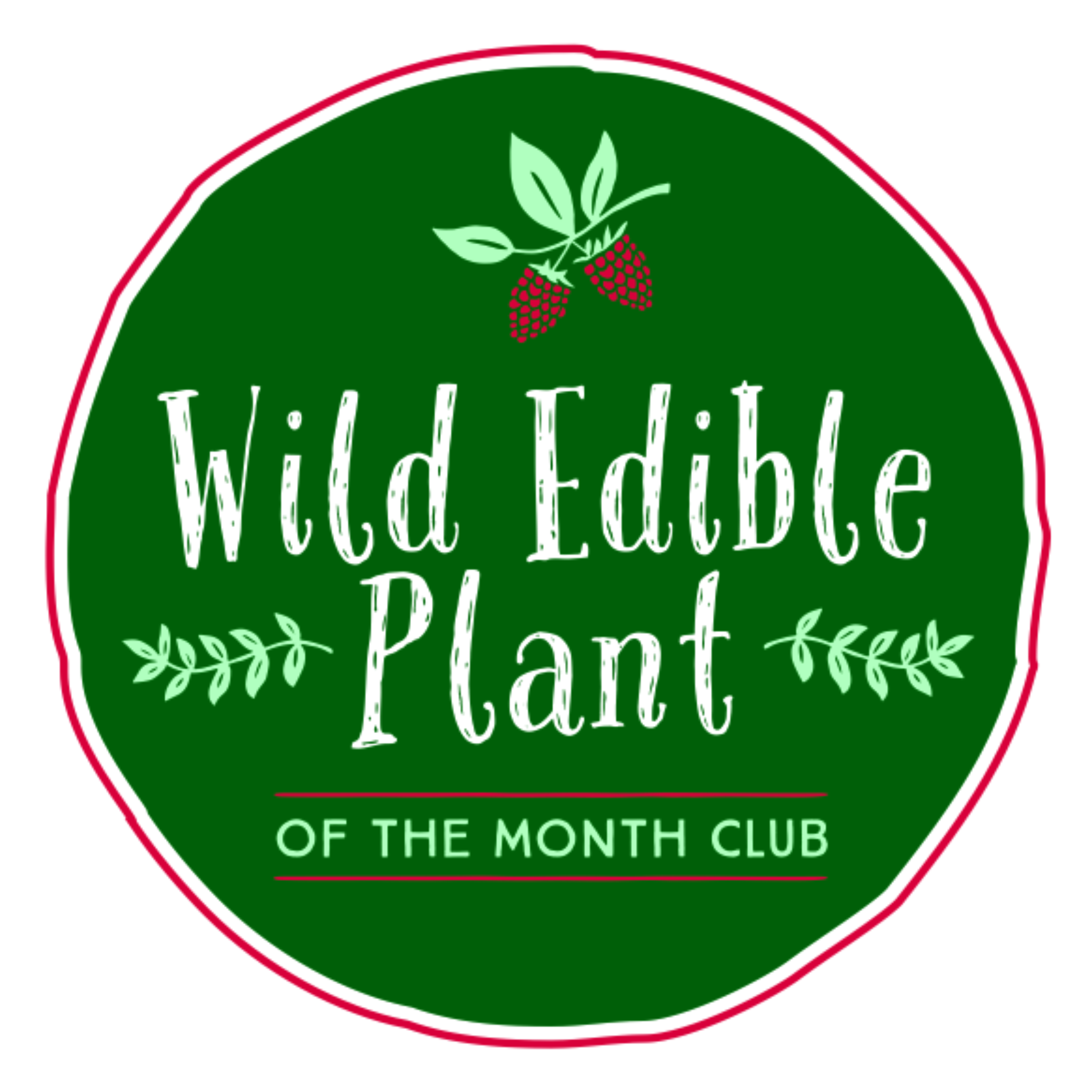Wild Bergamot: Monarda fistulosa
Scientific Name: Monarda fistulosa
Common Names: Wild Bergamot, Bee Balm, Horse Mint
Family: Lamiaceae (Mint family)
Native Region: North America
Habitat: Wild Bergamot is native to North America and can be found in a variety of habitats, including prairies, meadows, open woodlands, and along roadsides.
Leaf Shape: The leaves of Wild Bergamot are lance-shaped or elliptical, with serrated edges.
Leaf Margin: Serrated
Leaf Arrangement: The leaves are arranged in an opposite pattern along the stem.
Flower Description: The flowers of Wild Bergamot are showy and unique. They come in shades of lavender, pink, or purple. Each flower has a tubular shape with a tubular crown of petals that forms a dense, spherical cluster at the top of the stem. The flower cluster is surrounded by leafy bracts.
Plant Height: Wild Bergamot can grow to a height of 2 to 4 feet (60 to 120 cm).
Plant Type: Perennial
Interesting Facts:
Wild Bergamot is not only a beautiful wildflower but also a useful herb with various medicinal properties.
Native American tribes used Wild Bergamot for its aromatic qualities in teas and for its medicinal benefits.
The flowers of Wild Bergamot are known to attract bees, butterflies, and other pollinators.
The leaves of this plant emit a pleasant fragrance when crushed.
The name "Bee Balm" comes from the fact that Native Americans used the leaves to soothe bee stings.
Edible Parts: The leaves and flowers of Wild Bergamot are edible.
Taste: The leaves and flowers have a pleasant, citrusy, and minty flavor. Some compare the aroma to oregano.
Harvesting: Leaves and flowers can be harvested throughout the growing season. Collect the leaves and flowers when they are young and tender for the best flavor.
Best Harvest Time: Leaves and flowers are best harvested during their peak growth in spring and summer.
Poisonous Parts: There are no known poisonous parts of Wild Bergamot.
Unique Identifying Features:
Tubular lavender-pink flowers in dense spherical clusters.
Lance-shaped leaves with serrated edges.
Opposite leaf arrangement.
Aromatic fragrance when leaves are crushed.
Attracts pollinators like bees and butterflies.
Harvestable Parts: Leaves, flowers
Dangers: There are no known dangers related to consuming or touching Wild Bergamot.
Recipes:
Wild Bergamot Tea:
Harvest fresh leaves and flowers.
Steep them in hot water for a refreshing and aromatic herbal tea.
Wild Bergamot Salad:
Combine young Wild Bergamot leaves and flowers with other fresh greens.
Add a light vinaigrette dressing for a refreshing salad.
Wild Bergamot Infused Honey:
Place Wild Bergamot flowers in a jar and cover them with honey.
Allow the mixture to infuse for several weeks for a unique flavored honey.
Kitchen Uses:
Culinary Herbs: Use the leaves and flowers as a flavorful addition to salads, teas, and other dishes.
Infused Oils: Create infused oils with Wild Bergamot leaves and flowers for adding flavor to culinary creations.
Herbal Teas: Brew a soothing and aromatic herbal tea by steeping Wild Bergamot leaves and flowers in hot water.
Please remember that before consuming any wild plant, it is crucial to be absolutely certain of its identification and consult a local expert or reputable resource to ensure it is safe and appropriate for consumption. Additionally, when using wild plants in recipes, it's essential to verify the reliability and safety of the sources you find.
Disclaimer for WildEdiblePlantoftheMonth.com:
The information provided on WildEdiblePlantoftheMonth.com is for entertainment and educational purposes only. While we strive to ensure accuracy and provide reliable information, we cannot guarantee the completeness, relevance, or timeliness of the content presented.
Before using or consuming any plant mentioned on this website, we strongly recommend verifying the information with a qualified health professional or medical doctor. It is essential to exercise caution and always seek the advice of a health professional before touching, handling, or consuming any wild edible or medicinal plant matter.
The content on this website is not intended to diagnose, prescribe, or treat any illness, injury, or health condition. We do not assume any liability or responsibility for any allergic reactions, illnesses, or injuries that may occur as a result of using the information presented on this website or trying any traditional or folk remedies.
As with any natural product, wild edible and medicinal plants can be toxic if misused. It is essential to understand the proper identification, preparation, and usage of these plants before incorporating them into your diet or daily routine.
Please exercise caution and keep all plants, especially toxic ones, out of the reach of children and pets.
By accessing and using the information provided on this website, you agree to do so at your own risk. WildEdiblePlantoftheMonth.com, its authors, contributors, and affiliates cannot be held liable for any damages, losses, or negative consequences resulting from the use of the information on this website.
Always prioritize your safety and well-being by seeking advice from a qualified health professional or medical doctor when dealing with health-related concerns or conditions.
